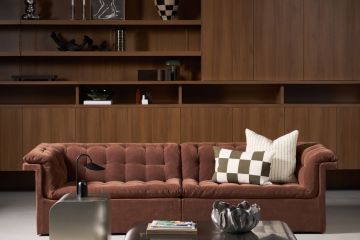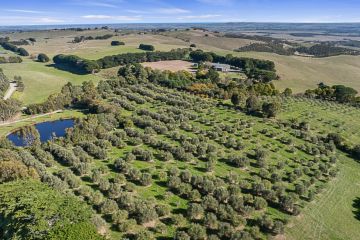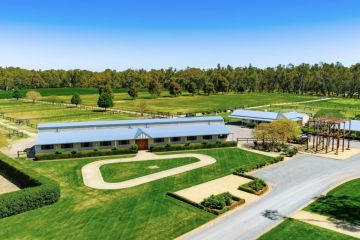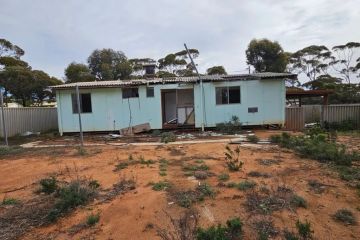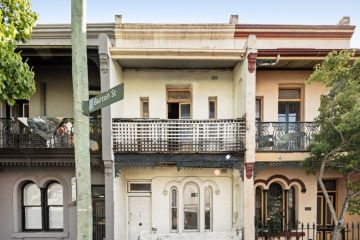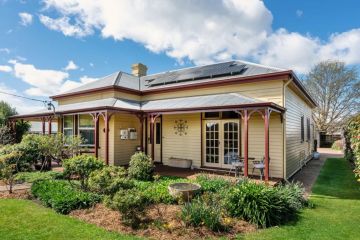The classic building material making a major comeback
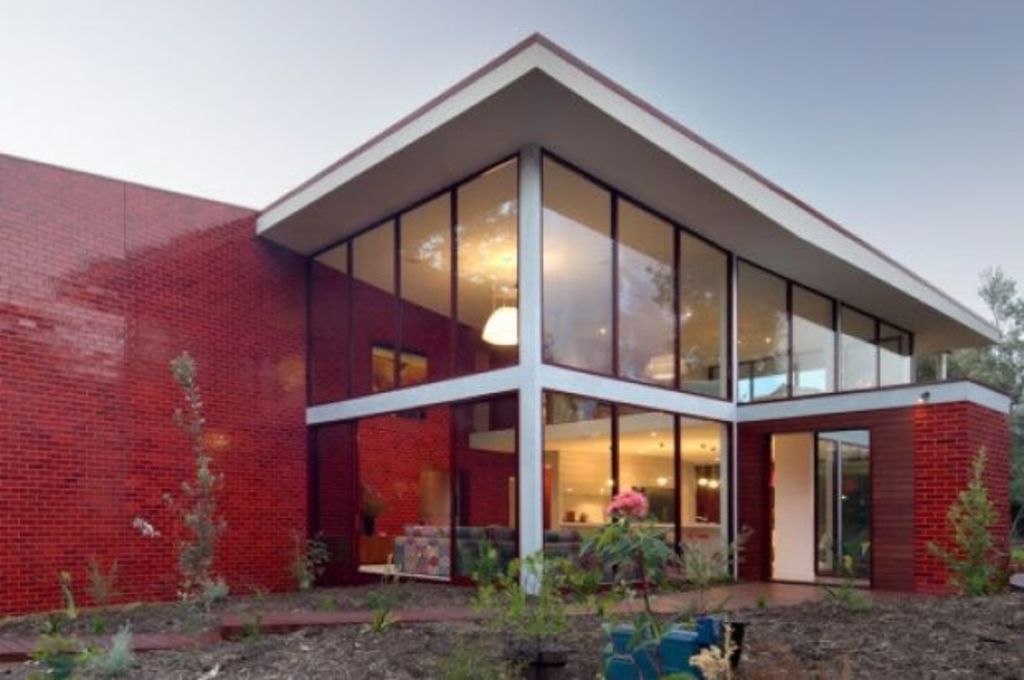
It’s a perversity that just as robotics is perfecting the brick-laying robot, clay-based building materials have become so colourful and form diverse that skilled brickies are being reinstated as master craftsmen worthy of the label.
Now that bricks have got their sexy back, bricklayers are being challenged to be co-creatives with the most out-there architects.
In the case of the extraordinary Frank Gehry-designed Dr Chan Chak Wing building on the University of Technology Sydney campus, brickies had to invent ways to make progress up the warping walls that consumed 320,000 custom-made bricks.
The so-called “squashed brown paper bag” won the 2015 Think Brick Commercial Award and in one hit mightily boosted enrolments at the UTS business school.
Just judged are the 2016 Think Brick Awards that since starting with 25 entries in 2005 have evolved into Australia’s richest building design prizes. The winners in the six categories will be announced in August.
By then, the whole entry gallery will be a showcase of all manner of new techniques, and variations on application, patterning and colouration that are now possible when utilising one of the most enduring and traditional of all building materials.
With 330 entries making this year’s the biggest field so far, Think Brick Australia CEO Elizabeth McIntyre says that without doubt and after being temporarily usurped by rendered blue board, “homeowners and builders have rediscovered the durability of brick”.
Architects, she says, have been leading the charge and because they are “exploring a product now available in over 1000 colours we’ve got all these amazing new projects that are really ground-breaking.
“Brick is back on centre stage and it is much more contemporary.”


Penleigh and Essendon Grammar Middle Girls School – Architect McBride Charles Ryan. Photos: Think Brick Australia

 Thomas Carr College – Smith + Tracy Architects. Photos: Think Brick Australia
Thomas Carr College – Smith + Tracy Architects. Photos: Think Brick Australia
That’s an understatement:
Check out what Victoria’s Hayne Wadley Architects did with two tones of glazed bricks – black and gun-metal grey, on the facade of a new holiday house on the state’s south-east coast.
Based on one of M.C. Escher’s most famous graphics, Metamorphosis, Andrew Hayne had his bricklayers make triangles turn into birds – or visa versa.
“We gave them fairly detailed drawings of each individual brick,” he says, “but they liked the challenge because it was different from standard jobs.”
See Maddison Architects’ commercial projects; firstly for a bar in Melbourne’s Southbank in which not only is the Hophaus facade made with black, white and snub-nosed glazed bricks, but so is the green, yellow, red and white-tiled bar inside.
Architectural director Drew Carling calls it “a modern take on a traditional European beer hall, but the colours pop out of the really big, solid bar structure”.


 Maddison Architects used different colours and forms of brick to evoke the solidity of a traditional European beer hall. Photos: Maddison Architects
Maddison Architects used different colours and forms of brick to evoke the solidity of a traditional European beer hall. Photos: Maddison Architects
In two Long Neck-branded cafes the Maddison practice designed for Perth’s domestic and international airports, contrasting brick, again laid vertically and horizontally, is the stuff of the walls, the seats and the counters. The contrasting bricks “break it up”, Carling explains. “We were picking up on the familiarity of materials that are used in backyards and streets and that therefore ease you into the venues.”
The colours on these projects are relatively conservative because, as just one manufacturer in an Australian industry that employs 30,000 people and annually generates $2.8 billion tells it, the incoming colours now include metallics.
Hand-made brick company Euroa Clay Products has been operating out of central Victoria since the 1960s. When it started surface glazing bricks in the early 1980s, it offered just 10 colours.


 At Perth Airport in cafes, Maddison Architects sought to evoke the familiarity of the urban landscape by using different colours and setting of glazed brick. Photo: Maddison Architects
At Perth Airport in cafes, Maddison Architects sought to evoke the familiarity of the urban landscape by using different colours and setting of glazed brick. Photo: Maddison Architects
“Now,” says director Brad Mildren-Nicel, “because we’re giving architects what they’re asking for, we’re making 65 different colours.
“We’ve just delivered 20,000 silver [glazed] bricks to a school project.”
The rest of the range adds up to a dazzling colour chart including burgundies, tangerine, cobalt blue, ocean greens, purples, the list goes on.
Mildren-Nicel reckons the most popular colours are white, dark blue, black and greens. “In NSW they like a lot of light blues and greens. In Victoria, we sell more reds and bright yellows.”
New shapes and forms are also stimulating the creative juices of the ancient industry. “Incredible curves and shapes, different points … we make a lot of custom shapes,” he says.
McIntyre knows the local and international industry well and she believes Australian architects are using brick in especially innovative ways. “We see a lot of variety in Australian brick design whereas in Europe, and in the US, it is more monochrome.
“What we’re doing here is so exciting and sophisticated that you wonder where it is leading to?”
We recommend
States
Capital Cities
Capital Cities - Rentals
Popular Areas
Allhomes
More
